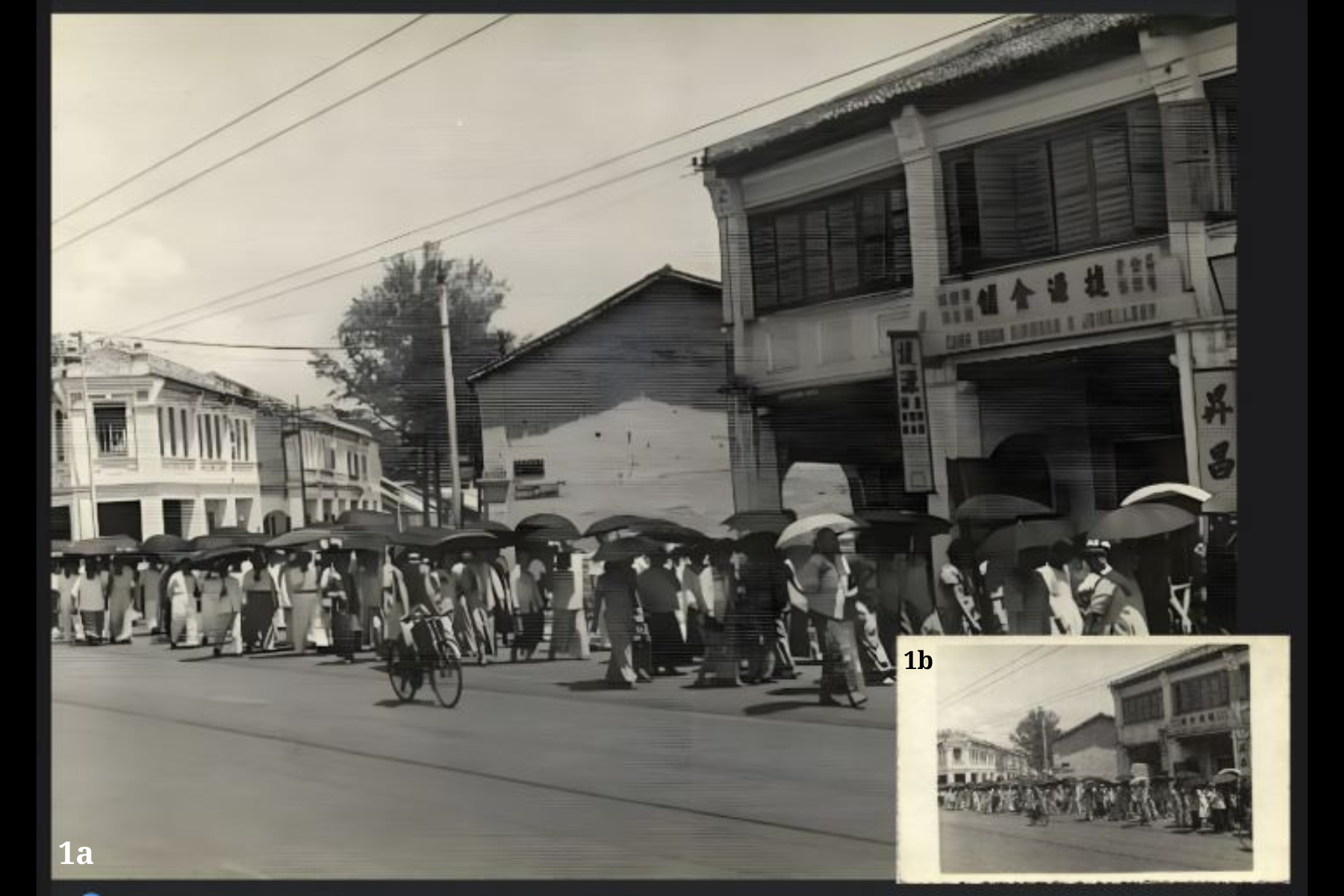*Note: This article discusses the ethical implications of using AI-enhanced and AI-generated imagery in historical storytelling, particularly on social media. All examples referenced are drawn from publicly accessible online posts or materials. No individual posters or specific groups are identified, and no accusation of bad faith is made. The intent is to encourage responsible use and clear labelling of AI-modified content in the public interest.
THESE DAYS, you may have come across gorgeous, nostalgia-inducing colour photos of old Penang in your social media feeds. These are not the grainy-looking, hand-tinted postcards of years past, with their unmistakable stray patches of grey showing through where the artist failed to paint over the underlying photo reproduction. No, these photographic masterpieces look like they were taken yesterday, their quality sometimes rivalling those taken by today’s cameras.
One particularly beguiling image of Fort Cornwallis—shared on a major Penang interest Facebook group with 100,000 members—shows its moat and yellow building, with the fort’s brown brick walls against Penang’s verdant hills. One could marvel at the amazing cameras the Victorians had back then to capture picture-perfect Penang. But take off those nostalgia-tinted glasses for a moment, and it becomes clear that things are not what they seem—this is actually a black-and-white photo colourised using artificial intelligence (AI) imaging techniques. [See Images 1b, 3 & 4]







